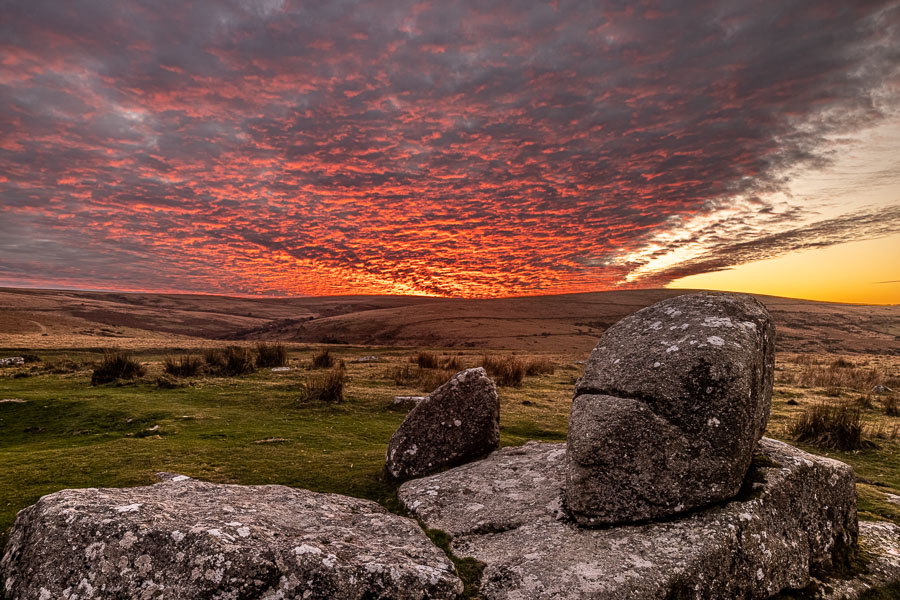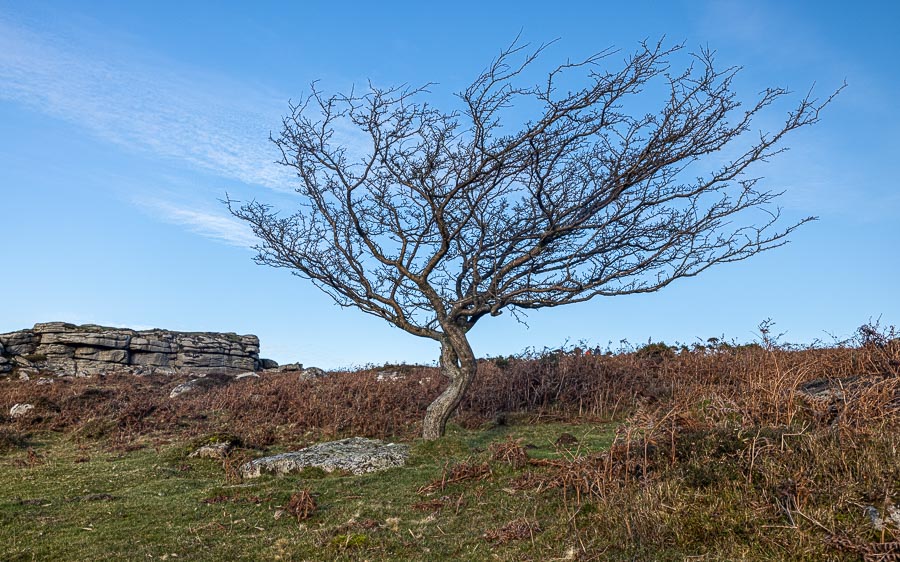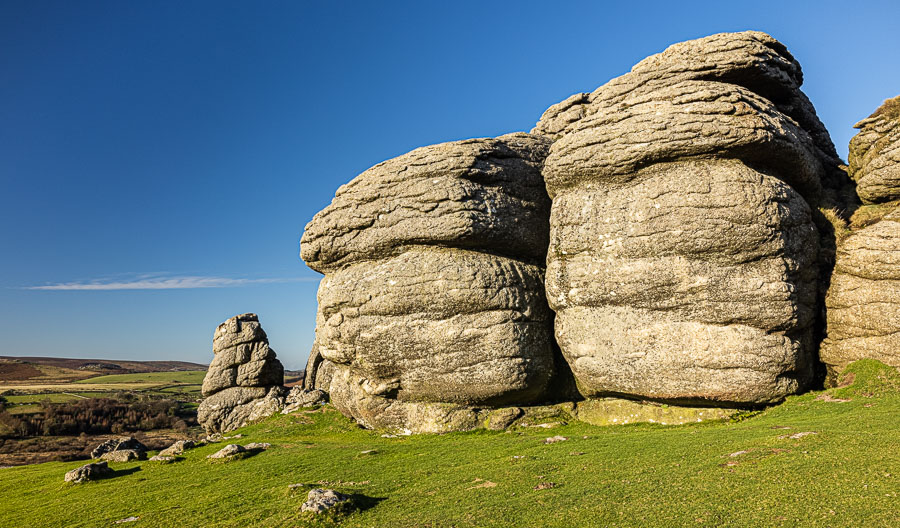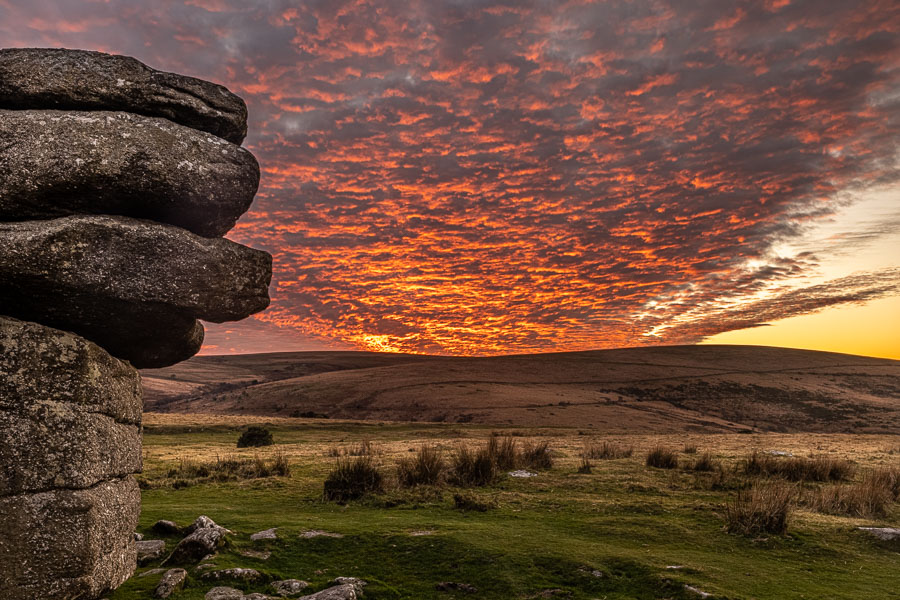
Since longer than I can remember I have had Canon cameras. It is with a camera like with a gun. It sits in your hands and it becomes an integral part of you. And if you change the camera, you still want to retain the feeling and contact between the camera and yourself.
Today most cameras are so good that it is mainly down to the photographer, what he (or she) wants to say and how he chooses to express it. The technology is secondary and today even an iPhone can produce decent images, if you don’t have to blow them up too much.
But the technology develops and I took recently the decision to shift to a mirrorless system, when Canon came out with its new R5 camera. I collected my two camera bodies 5DsR and 10(!) lenses that I had and exchanged it for my new R5 and three new lenses, a wide angle (f2.8 15-35 mm), a normal (f2.8 24 – 70 mm) and a tele lens (f2.8 70-200 mm). And I have also a tele lens 100-500 mm coming up.
I kept a few of my old EF lenses. For portrait I kept my 50 and 85 mm f1.2 lenses and also the 135 mm f 2.0. All of them give a very nice bokeh (that is the soft out-of-focus areas, which are important for a portrait to stand out). And for my landscape photography I use my tilt-and-shift lenses a lot. I have a 17 mm and a 24 mm. They provide an excellent sharpness from foreground to background in many of my images. Finally I have an extreme wide angle, the 11-24 mm that I also kept.
When my camera and workhorse lens (24-70 mm) arrived I took the new equipment to Dartmoor to test it last week. In the afternoon I had a blue but not very exciting sky. I was hoping that the sunset would provide some exciting golden colours, but the sun set in the clouds. However, just after the sunset the sky turned golden and orange and red when the clouds were lit up and I captured it quite happy with my first day with the R5.
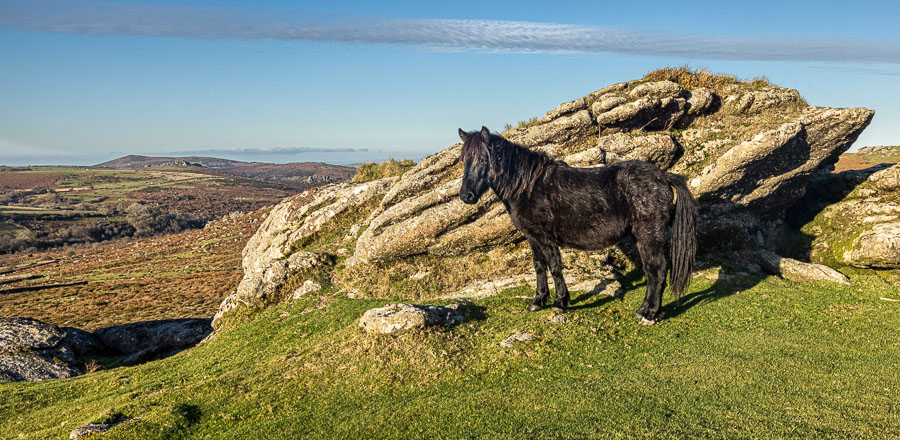
Hawthorn tree Saddle Tor
But the sunset was what captivated me on my first day with the new camera. It had become dark before the sky turned into this spectacle of colours, so the images were captured as HDRs (High Dynamic Range) to be able to show both the “flaming sky” and the darker foreground.
